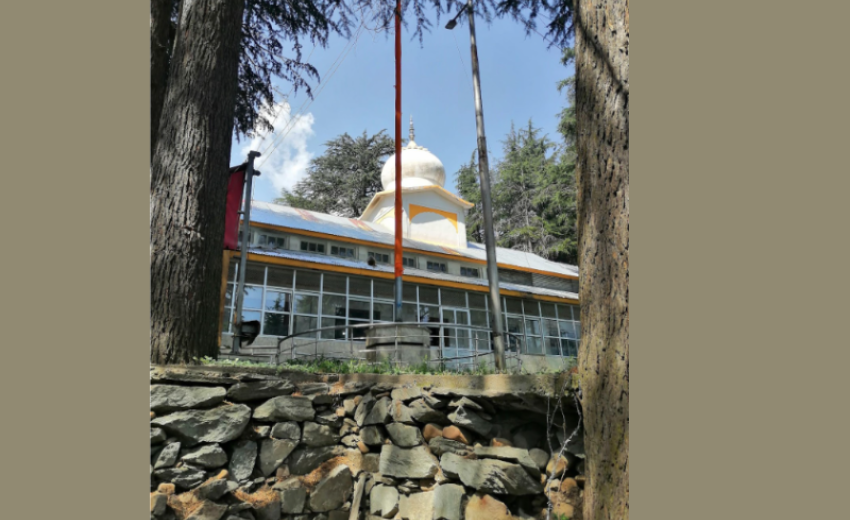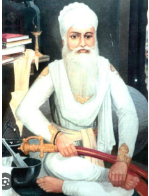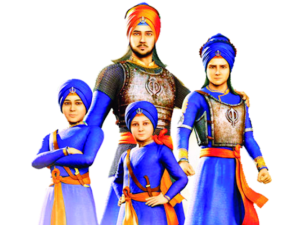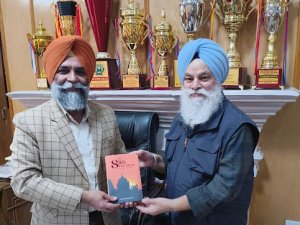The Gurdwara Tapiana Sahib in Shalkote, surrounded by the picturesque landscape of Rafiabad, Baramulla, stands as a testament to the enduring legacy of Sikhism in Jammu and Kashmir. The region, known for its natural beauty with small mountain peaks, streams, and forests, is home to a significant Sikh community spread across 17 villages.
Historically, various missionary centers or 'Deras' have played a crucial role in propagating Sikhism in the region. Prominent among these are Shiromani Santpura Nangali Sahib in Poonch, Dera Santpura Danna in Muzaffarabad, and others like Deras Guffa and Baba Banda Singh Bahadur's establishments. These centers have been pivotal in sustaining Sikh faith and practices amidst the challenges posed by the region's turbulent history.
Shalkote village, located 25 kilometers from Baramulla district headquarters, hosts the historic Gurdwara Tapiana Sahib, where Sant Bhai Rocha Singh meditated. The shrine, built on a small mound in a dense forest, is a significant spiritual site. Sant Rocha Singh (1688-1803 CE), born in Kosian, Hazara, received 'Khande di Pahul' (the initiation rite) from Guru Gobind Singh Ji and was tasked with spreading Sikhism in Kashmir. He established the Gurdwara in Shalkote with the foundation stone laid by Bhai Mela Singh. During Sikh rule, the Gurdwara was granted jagirs (land grants) comprising the villages of Shalkote, Balhama, and Braman.
Sant Rocha Singh, known for his martial prowess and spiritual dedication, kept a retinue of 300-400 armed Sikhs and engaged in numerous skirmishes to defend the Sikh community. His tenure at Shalkote is marked by miraculous events, including the presence of a lion and a cow serving him, witnessed by the local Muslim Gujjars.
The Gurdwara underwent significant renovations in 1998 under Baba Harbans Singh of Kar Sewa Delhi, resulting in the current structure with a domed pinnacle and a large marble-floored divan hall. It continues to serve as a spiritual haven, with facilities for pilgrims including langar halls and accommodation.
Sant Rocha Singh's spiritual lineage includes notable figures like Sant Pheru Singh and Sant Punjab Singh, both of whom contributed significantly to the spread of Sikhism in the region. Sant Pheru Singh, born in 1636, also received 'Khande di Pahul' from Guru Gobind Singh Ji and propagated Sikhism in Jammu, Pothohar, Rawalpindi, and other areas. His successor, Sant Punjab Singh, furthered these efforts, establishing centers in Chattar Kalas and Muzaffarabad, and converting many Kashmiri Pandits to Sikhism.
Sant Rocha Singh, who succeeded Sant Punjab Singh, established Rawalkote as his headquarters and continued the mission until his demise in 1803. His legacy, enshrined in Gurdwara Tapiana Sahib, remains a beacon of Sikh faith and resilience in the region.








